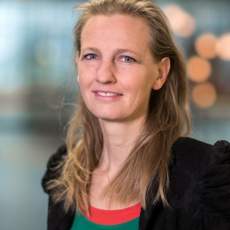Senses versus Sensors
Summary of the project
The "Senses versus Sensors" project aims to develop a building physics measurement app for educational purposes, targeting students in the Department of the Built Environment at TU/e. The project is driven by the need to bridge the gap between theoretical knowledge and practical understanding of building physics, focusing on core elements like temperature, humidity, airflow, light, and sound. Many students struggle to grasp the real-world implications of these factors, and the project aims to enhance their learning experience by offering a hands-on tool to measure and interact with these elements.
The app will allow students to measure various building physical quantities using smartphones, supplemented by external sensors where necessary. It will be employed across multiple levels of the curriculum, including first-year bachelor courses and advanced master’s projects. By directly linking measured data with personal perception—such as whether a sound level is comfortable or distracting—the app helps students internalize these concepts, encouraging them to integrate building physics into their designs.
In addition to improving students’ understanding of building physics, the project aims to increase interest in the field and promote specialization in building physics at the master’s level. The app is designed to be scalable and sustainable, with potential for use beyond TU/e in other educational institutions and even in industry. The project outcomes include a tutorial, cloud-connected data storage, and long-term maintenance plans, ensuring the app remains a valuable educational tool.
Aim of the project
The aim of the "Senses versus Sensors" project is to develop a Building Physics measurement app for educational purposes. This app will enable students to explore and better understand the relationship between measured values (e.g., temperature, humidity, airflow, light, sound) and human perception. By using the app, which will be compatible with smartphones and external sensors, students will be able to assess key building physics parameters in real-world contexts.
The project seeks to improve students' grasp of building physics by offering a hands-on tool that connects theoretical knowledge with practical applications. It also aims to inspire students to specialize in Building Physics by making the subject more engaging and accessible, addressing the current shortage of professionals in this field.
Results and learnings
This project is still ongoing.
